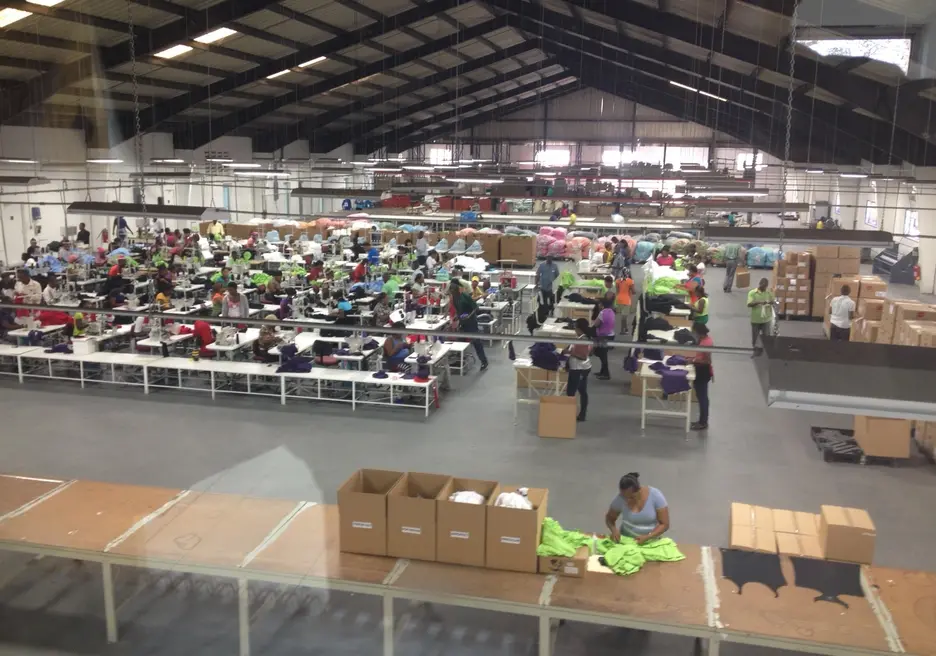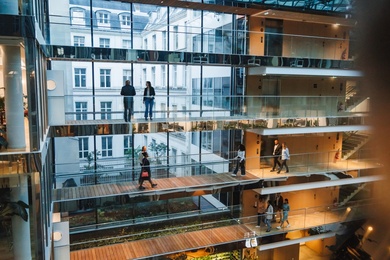Approaching infrastructure from all angles: sustainable opportunities in Latin America and the Caribbean

 According to the 2013 World Economic Forum, globally US$5 trillion a year is needed for infrastructure through 2020. Added to that, to meet climate challenges of limiting temperature increases to 2 degrees Centigrade above pre-industrial levels, US$700 billion a year in incremental infrastructure investment must also be deployed. Priority sectors, in order of importance, include forestry, energy efficiency and investments to decarbonize power generation and transport. The US$700 billion breakdown requires a 1-to-5 ratio of public and private resources, i.e. global annual public sector investments will need to be approximately US$130 billion coupled with private sector investments of US$570 billion (US$220 in equity and US$350 in debt) – a persuasive case for private sector involvement.[1]
According to the 2013 World Economic Forum, globally US$5 trillion a year is needed for infrastructure through 2020. Added to that, to meet climate challenges of limiting temperature increases to 2 degrees Centigrade above pre-industrial levels, US$700 billion a year in incremental infrastructure investment must also be deployed. Priority sectors, in order of importance, include forestry, energy efficiency and investments to decarbonize power generation and transport. The US$700 billion breakdown requires a 1-to-5 ratio of public and private resources, i.e. global annual public sector investments will need to be approximately US$130 billion coupled with private sector investments of US$570 billion (US$220 in equity and US$350 in debt) – a persuasive case for private sector involvement.[1]
The focus on the private sector to mobilize the incremental amounts for sustainable infrastructure to meet the climate change challenge in LAC is a timely topic. There are existing and emerging ways multilateral development banks like the IDB can get involved: taking longer-term positions and technology risks, brokering public and private sector relationships in complex projects, mobilizing additional capital and focusing on long-term sustainability.
Approaching infrastructure from many angles, the IDB has identified new strategies to promote greater sustainability in the sector. Last week the IDB´s private sector infrastructure team announced the twelve finalists for the first-ever Infrastructure 360o Awards. The projects were selected utilizing a methodology developed by the Harvard Zofnass Program for Infrastructure Sustainability. A case study of each of the finalists is underway now. The methodology was piloted by the Palmatir wind farm and the Aeris San Juan Santamaría airport before being applied to awards’ applicants. Zofnass implemented the rating for the two “pioneer” projects, and the results are already serving as management tools to strengthen the companies.
Thus far, IDB experience has shown that the best projects go beyond paying for themselves. They also integrate sustainability beginning with the early stages of project design, continuing through the bidding process, and then throughout construction and operation. Sustainable transport is one example of effective and efficient infrastructure that can maximize environmental and social benefits. Solutions can include urban planning that involves socially inclusive and environmentally-friendly public transportation, utilization of local, recycled, reused or certified materials, and waste management measures. We have seen clients start to do more to engage local communities – sharing information about how new transportation may impact them and identifying ways they can benefit socially and economically. Publicizing the experiences of the Infrastructure 360º Awards finalists—especially those of the three overall winners to be selected next March--will contribute to thought leadership and knowledge dissemination around this burgeoning sector.
What specific examples of sustainable infrastructure affect where you live and work? Or what more could be done with existing projects?
[1] World Economic Forum. 2013. The Green Investment Report. http://www3.weforum.org/docs/WEF_GreenInvestment_Report_2013.pdf
LIKE WHAT YOU JUST READ?
Subscribe to our mailing list to stay informed on the latest IDB Invest news, blog posts, upcoming events, and to learn more about specific areas of interest.
Subscribe



